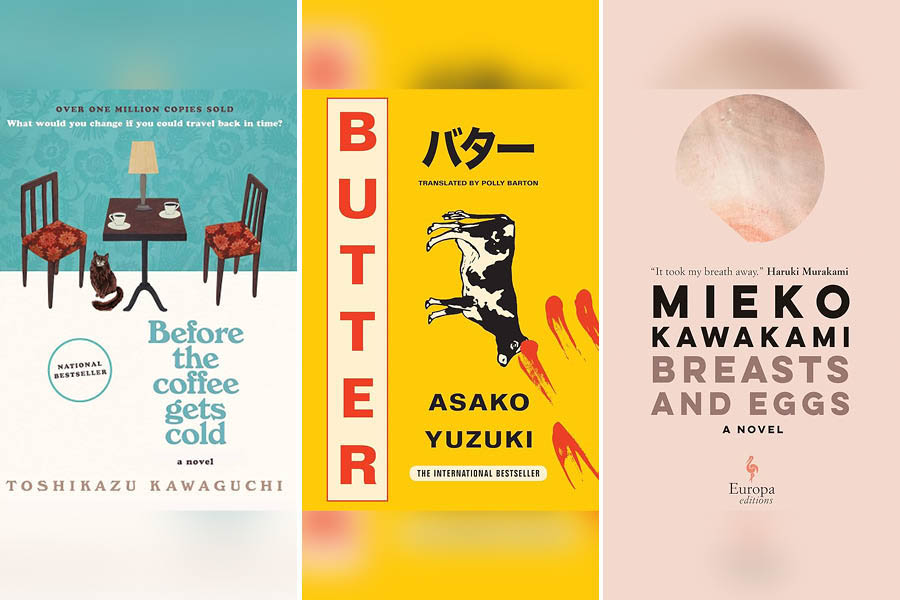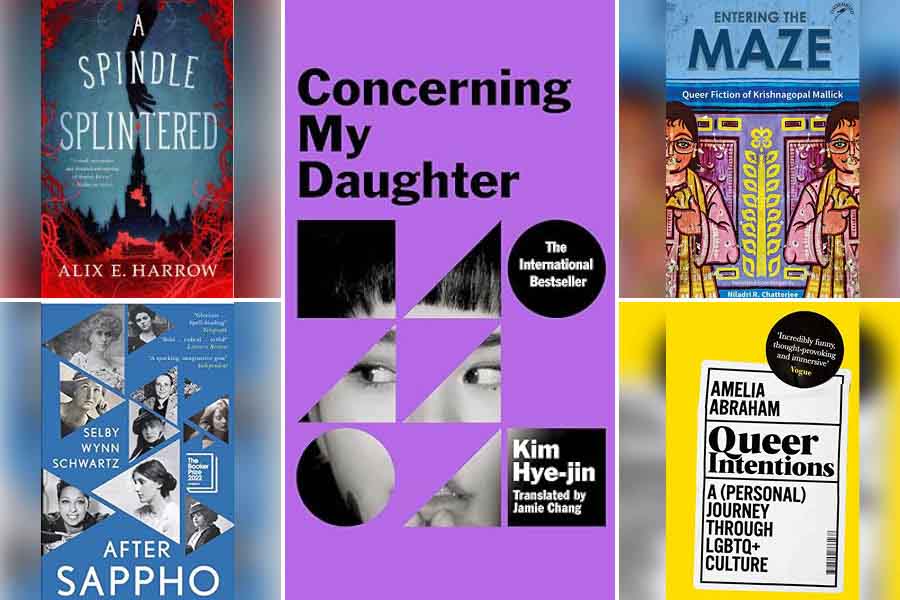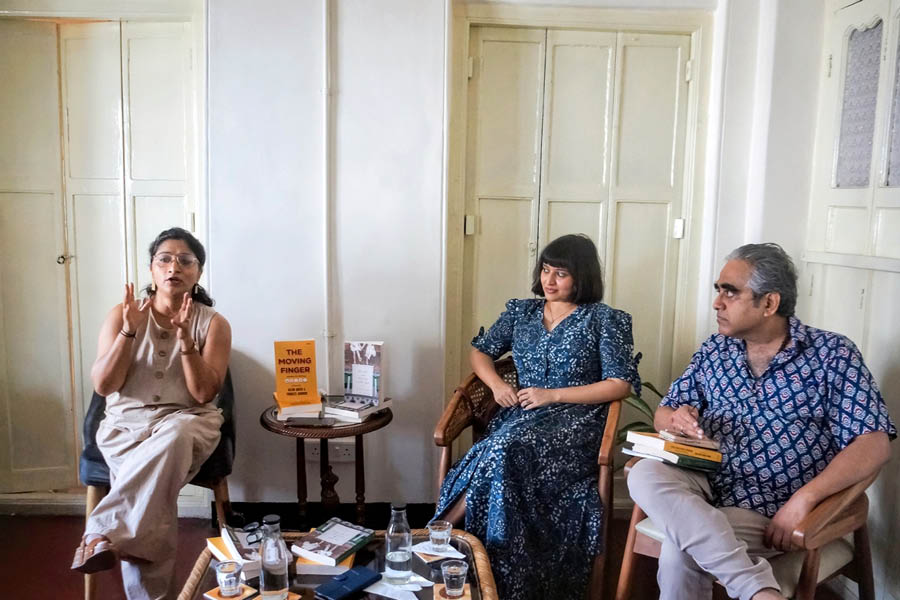In writing, I’m using my memory, and I’m using my collective memory.
This quote by Haruki Murakami encapsulates the spirit of Japanese writers today. Even as they find their footing in a domain still dominated by Western authors, they have largely found a way to remain true to their culture and country.
With readers across the world, not least in India, gradually embracing more works of Southeast Asian writers, the stock of Japanese authors is rising. And it’s not just Haruki Murakami, whose books continue to be bestsellers. The likes of Keigo Higashino, Soji Shimada and Seishi Yokomizo are also making waves with a style that combines universal themes with Japanese intricacies.
At My Kolkata, we have gone through the Japanese literary collection across Kolkata bookstores to identify five books that you must check out to understand Japanese literature beyond Murakami.
‘The Cat Who Saved Books’ (2017) by Sosuke Natsukawa
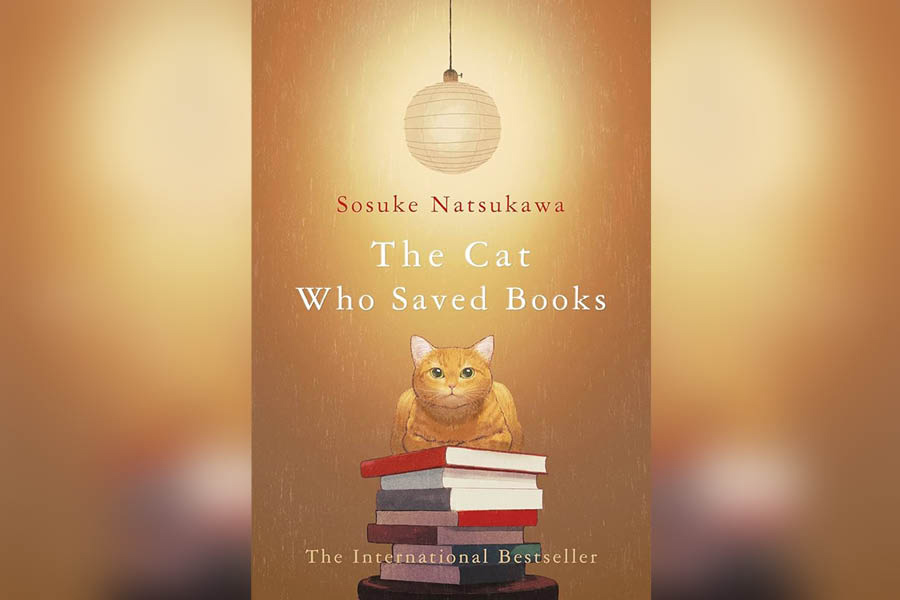
Three magical adventures form the core of ‘The Cat Who Saved the Books’
Translated by Louise Heal Kawai, The Cat Who Saved Books is a light-hearted account of Rintaro Natsuki, who is grieving his grandfather’s death. This unexpected loss also puts him on the brink of selling his small bookshop, Natsuki Books. In this fantastical tale, the protagonist’s store is saved from its grim fate by a talking cat, Tiger, who appears and asks for Rintaro’s assistance for his mission. The unlikely duo go on three magical adventures to save books from those who have mistreated, betrayed and captured the power of the written word. These experiences turn out to be therapeutic for Rintaro, making the novel predictable yet powerful.
‘Before the Coffee Gets Cold’ (2023) by Toshikazu Kawaguchi

‘Before the Coffee Gets Cold’ has a premise of time travel but its themes touch upon universal emotions
Translated by Geoffrey Trousselot, Before the Coffee Gets Cold explores the philosophical question of what one would do if given the chance to travel back in time. The novel is set in Funiculi Funicula, a 100-year-old, back-alley coffee shop that provides its customers a surreal opportunity to travel through time. The story follows the journey of four visitors to the coffee shop, strangers who are eager to use the time-travelling facility to seek out a loved one, each for a different reason. Straying from its premise, the focus isn’t on futuristic concepts, but on the sorrows and regrets of those who take the chance to find a semblance of closure regarding the loved ones they have lost. The book explores heartbreak and devastation as well as hope and reconciliation, all of which are underscored by the fact that no amount of time travel can alter reality.
‘Butter’ (2014) by Asako Yuzuki
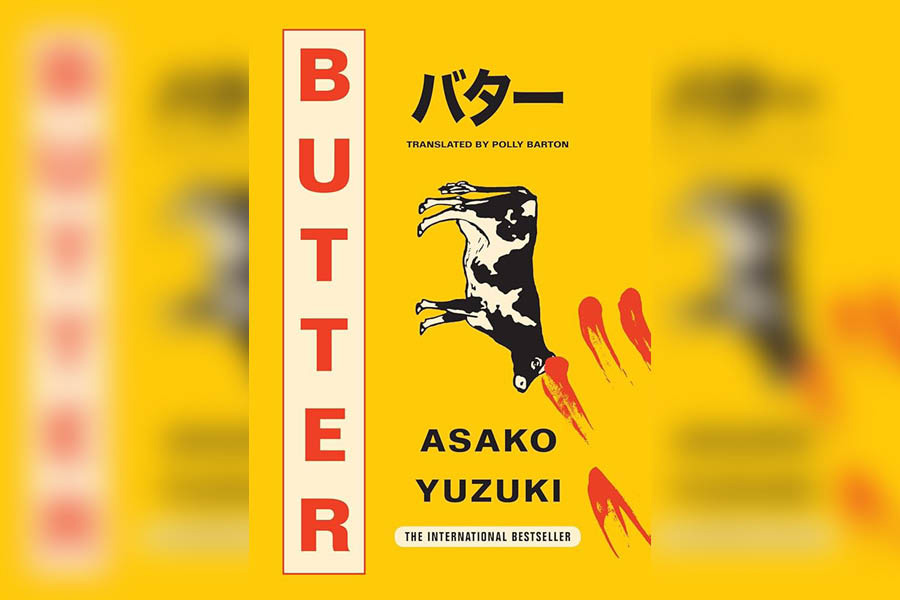
‘Butter’ spotlights Japanese food and its complicated relationship with Japanese society
Translated by Polly Barton, Butter is a bestselling novel inspired by the true story of convicted con-woman and serial killer, Kanae Kijima, also known as “The Konkatsu Killer”. It follows the story of chef Manako Kajii, who is imprisoned after being convicted for serial murder. The offender refuses to entertain the press until journalist Rika Machida writes to her, asking for a recipe. Over time, with frequent visits between the women, Rika finds unfamiliar feelings awakening in her as she finds herself identifying similarities with the femme fatale. Besides being a murder mystery, Butter spotlights Japanese food culture and explores how it is interwoven with misogyny, romance, obsession and body shaming.
‘Breasts and Eggs’ (2020) by Meiko Kawakami
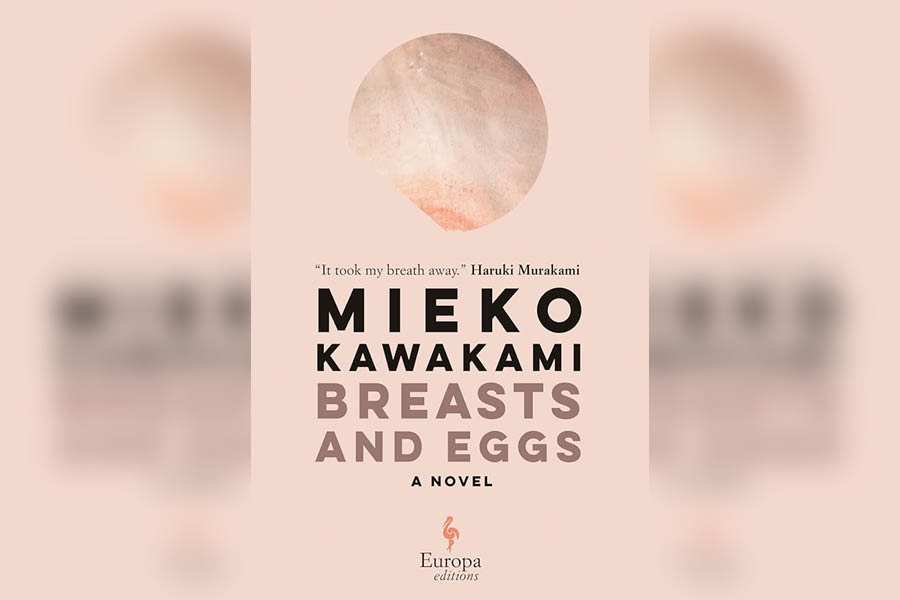
Motherhood and mortality are among the most important subjects addressed by ‘Breasts and Eggs’
Written in two parts and translated by Sam Bett and David Boyd, Breasts and Eggs is narrated by Natsuko, a middle-class woman and struggling writer residing in Tokyo. In the first segment, we are introduced to her older sister, Makiko, who arrives at her house with her teenage daughter, Midoriko. Midoriko’s silence compels Natsuko and Makiko to face their own insecurities and anxieties. The first part of the novel deals with the impact of bodily and hormonal changes on women’s livelihood and behaviour. The second part of the story sees Natsuko as a successful author who struggles with the concept of childbirth as an asexual woman. Kawakami paints an honest picture of motherhood as a miraculous experience but also highlights its oppressive aspects. The novel concludes with Natsuko fulfilling her desire and gaining fresh insights into motherhood, mortality and more along the way.
‘The Tattoo Murder’ by Akimitsu Takagi (2022)
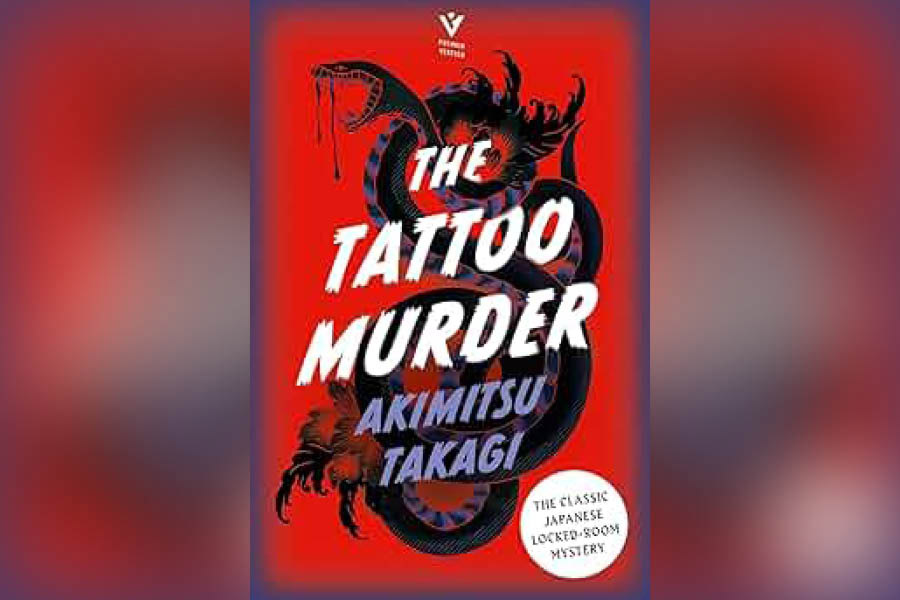
Deaths abound in ‘The Tattoo Murder’, a classic whodunit
Translated by Deborah Boehm, The Tattoo Murder is one of Japan’s most legendary whodunit murder mysteries. Set in a post-World War II Japan, inundated with bomb-sites, dive bars and the infamous yakuza gangs, the story kicks off with the first meeting of the Edo Tattoo Society, where Kinue Nomura reveals a gorgeous full-body snake tattoo, which is met with rapturous praise. She is reported missing the following day and, soon, her dismembered corpse is found, with the skin that had the beautiful full-body tattoo missing. Kinue’s lover, Kenzo Matsushita, is horrified by the murder and joins his brother in unravelling the truth behind this gruesome crime as similar deaths follow in this intricate murder mystery.
